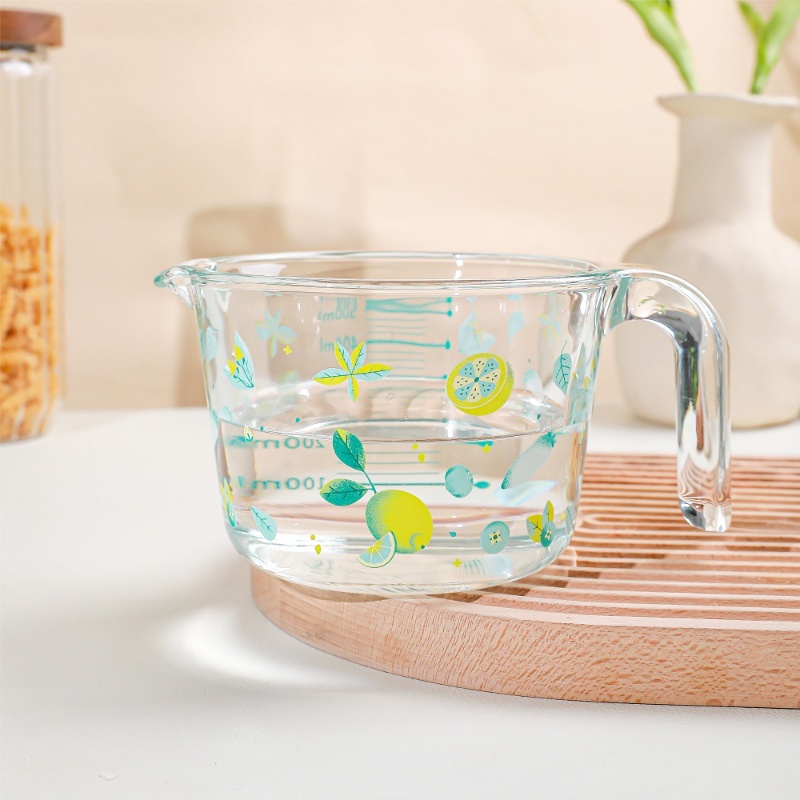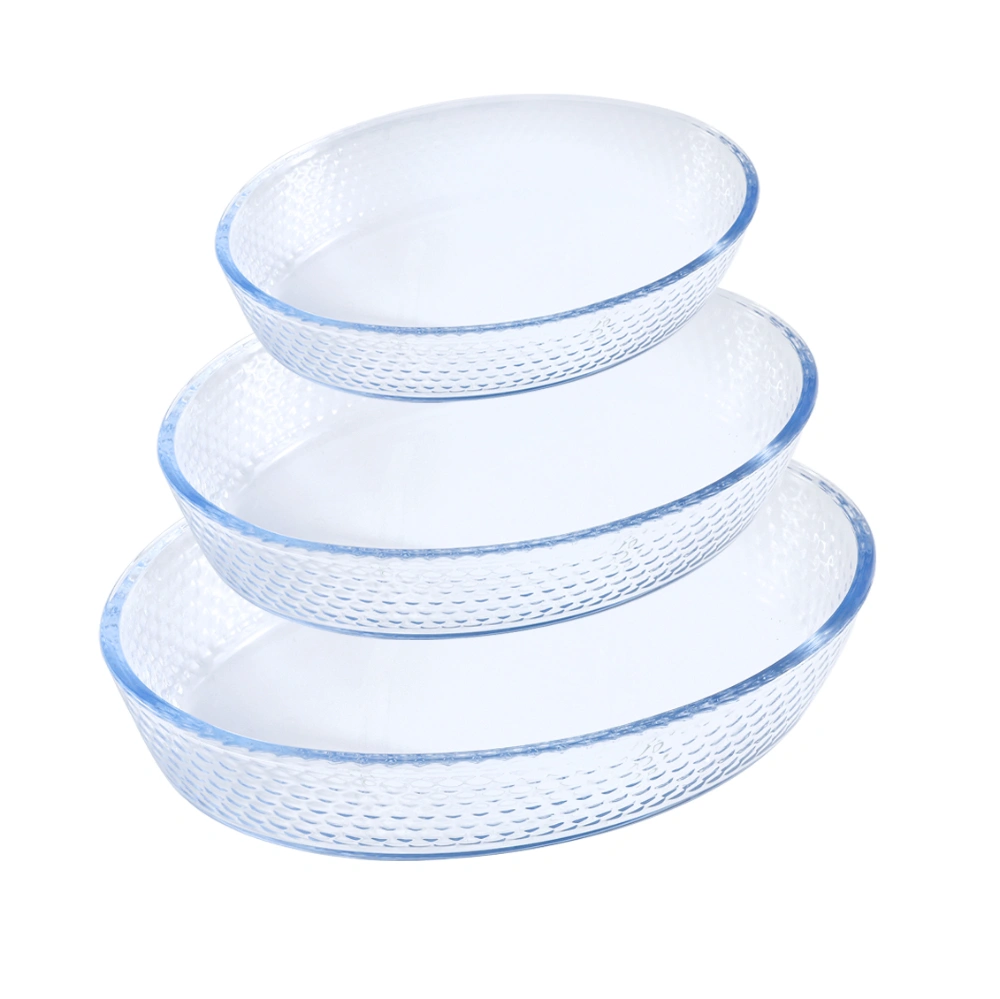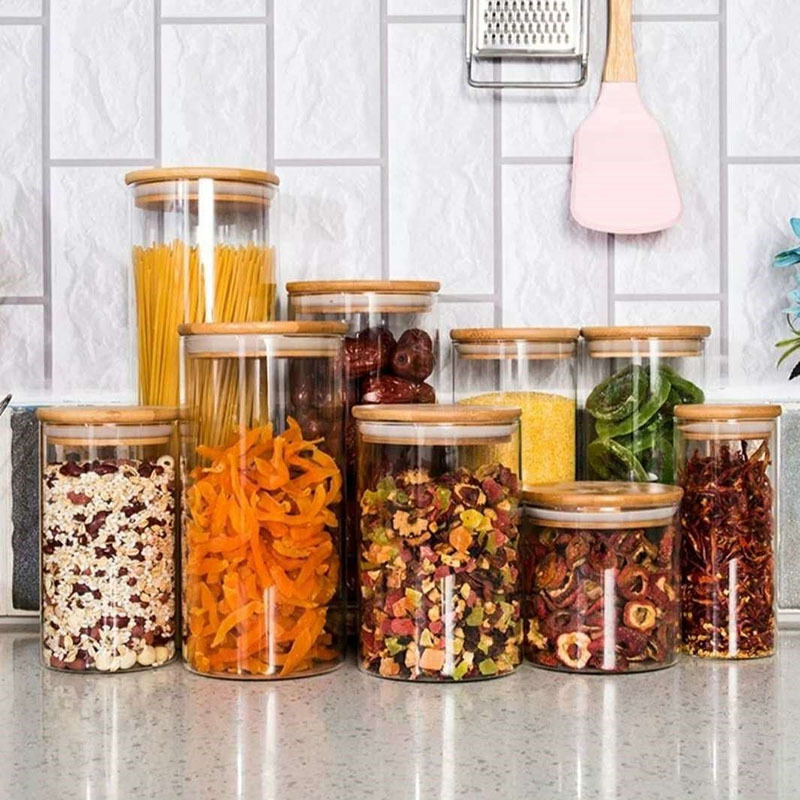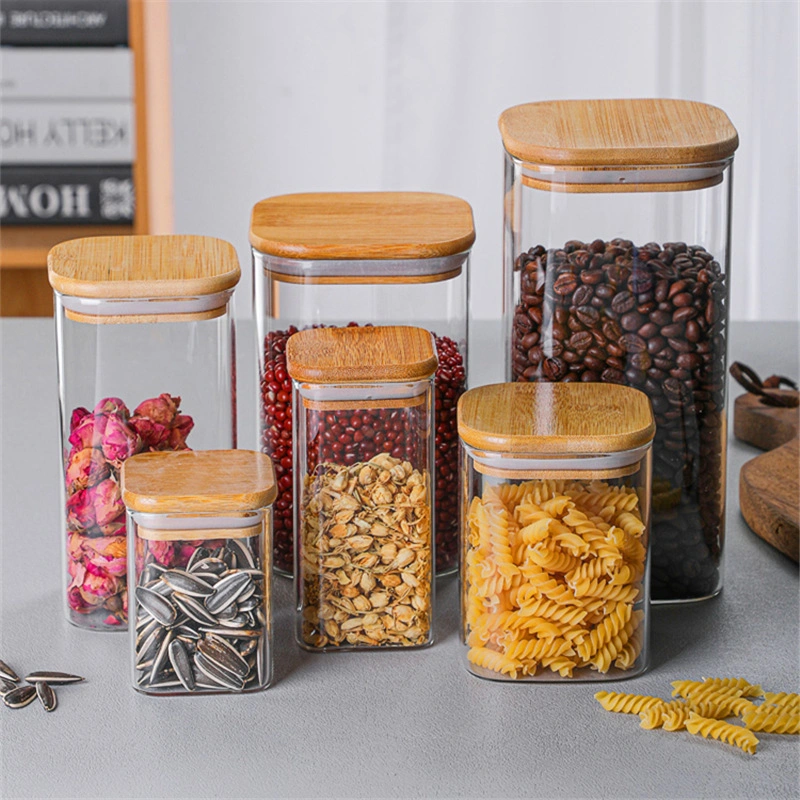Is Borosilicate Glass Expensive?
Table of Contents

Paul Ren
Hello! I’m Paul, the Senior Sales of Canzo Glassware. With 18 years of experience in the glassware industry, I’m excited to share some insights from our perspective as a China glassware manufacturer. Today, we’re diving into a common question: Is Borosilicate Glass Expensive?
What Is Borosilicate Glass?
Borosilicate glass is a special type of glass that includes boron trioxide, allowing it to have an exceptionally low coefficient of thermal expansion. This feature makes it resistant to extreme temperature changes, meaning it won’t crack under sudden temperature shifts like standard glass often does. This durability has made borosilicate glass the go-to choice for high-end kitchens, science labs, and wineries.
Not all glass is created equal. For instance, our high-quality borosilicate glassware has properties that set it apart from regular glass. Made with approximately 15% boron trioxide, borosilicate glass exhibits remarkable thermal shock resistance. You could pour boiling water into it without worrying about cracks, making it ideal for everything from baking to serving piping hot drinks. Thanks to this durability, borosilicate glass can easily transition from freezer to oven, providing you with exceptional performance.
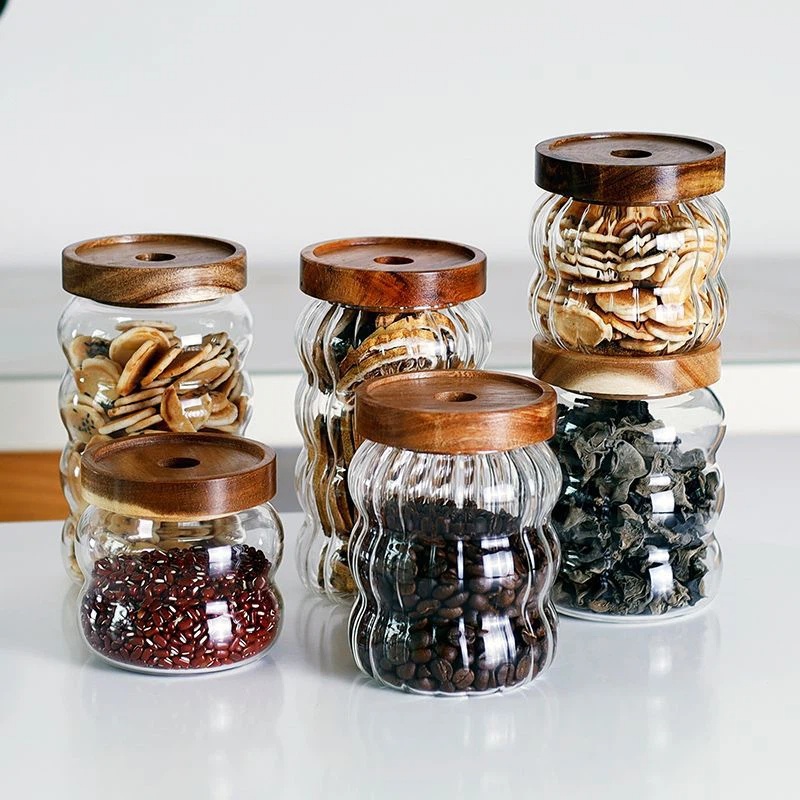
Borosilicate Glass vs. Soda-Lime Glass
Many manufacturers opt for soda-lime glass in their products due to its lower cost and wider availability. This type of glass makes up around 90% of manufactured glass worldwide and is used in items like windows, vases, and beverage glasses. However, soda-lime glass doesn’t handle thermal shock well and may break under sudden temperature changes. Its composition, which includes silica, soda, and lime, makes it best suited for items used at room temperature.
On the other hand, borosilicate glass stands out with its superior performance. Its lower coefficient of thermal expansion means it expands far less when exposed to heat, reducing the likelihood of cracks or breaks. With a higher silicon dioxide content (about 80%), borosilicate glass is even more resistant to fractures than soda-lime glass.
Why Borosilicate Glass Is Superior
The durability and performance of borosilicate glass are unparalleled, especially in handling extreme temperature changes. It can withstand a maximum thermal shock range of around 170°C (or 340°F), making it safe to take directly from the oven to the sink under cold water. This level of resilience has made borosilicate glass a staple in both professional and home kitchens.
Another advantage of borosilicate glass is its resistance to chemicals. It’s so stable that it’s even used to store nuclear waste. The boron content in the glass minimizes solubility, ensuring that chemicals do not leach into the glass or from it, making it one of the most dependable glass types available today.
Is Pyrex the Same as Borosilicate Glass?
If you’ve ever shopped for glass bakeware, you’ve probably come across the brand Pyrex. However, while Pyrex was initially made from borosilicate glass when it first launched in 1915, that’s no longer always the case. Borosilicate glass was originally brought to market in 1893 by German glassmaker Otto Schott under the brand Duran, and Corning Glass Works introduced it to the U.S. under the Pyrex name.
Although Pyrex became popular due to its ability to handle extreme temperatures, the material used in Pyrex products has shifted over time. Corning eventually replaced borosilicate glass with soda-lime glass in many of its products to reduce costs. So, while some Pyrex bakeware may still be borosilicate, much of it is now made from soda-lime glass, which is less resistant to thermal shock.
Is Borosilicate Glass Expensive?
Given its durability, chemical resistance, and thermal stability, borosilicate glass generally costs more than soda-lime glass. The manufacturing process involves specific materials and techniques that make borosilicate glass inherently pricier. But for those of us who prioritize safety and durability, investing in borosilicate glass often proves worth it. Whether for the kitchen, laboratory, or professional settings, borosilicate glass provides unmatched performance.
Conclusion
In summary, while borosilicate glass can be more expensive than regular glass, its superior quality, durability, and thermal resistance make it a valuable investment for anyone who needs reliability and longevity in glassware. With the ability to handle extreme temperatures and resist chemical damage, borosilicate glass remains a top choice in high-quality applications. For those of us who value quality and durability, borosilicate glass is truly worth the investment.
Newest Blog
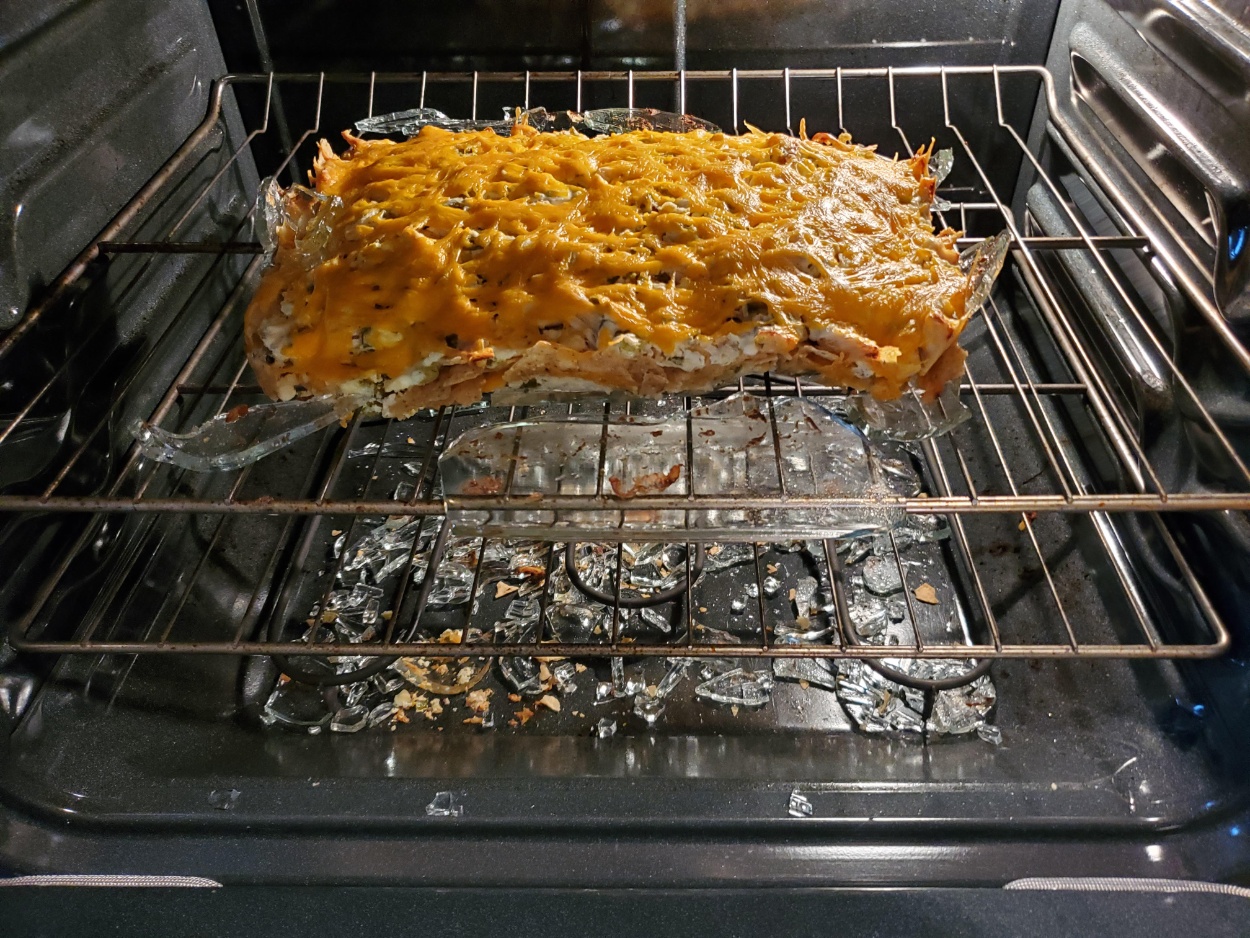
Is Glass Safe In The Oven?
Whether you’re a home cook or a business owner sourcing from a glass lunch box factory, understanding the nuances of oven-safe glass is crucial. We’ll explore the world of durable and reliable custom glass food container options, ensuring you make informed decisions.
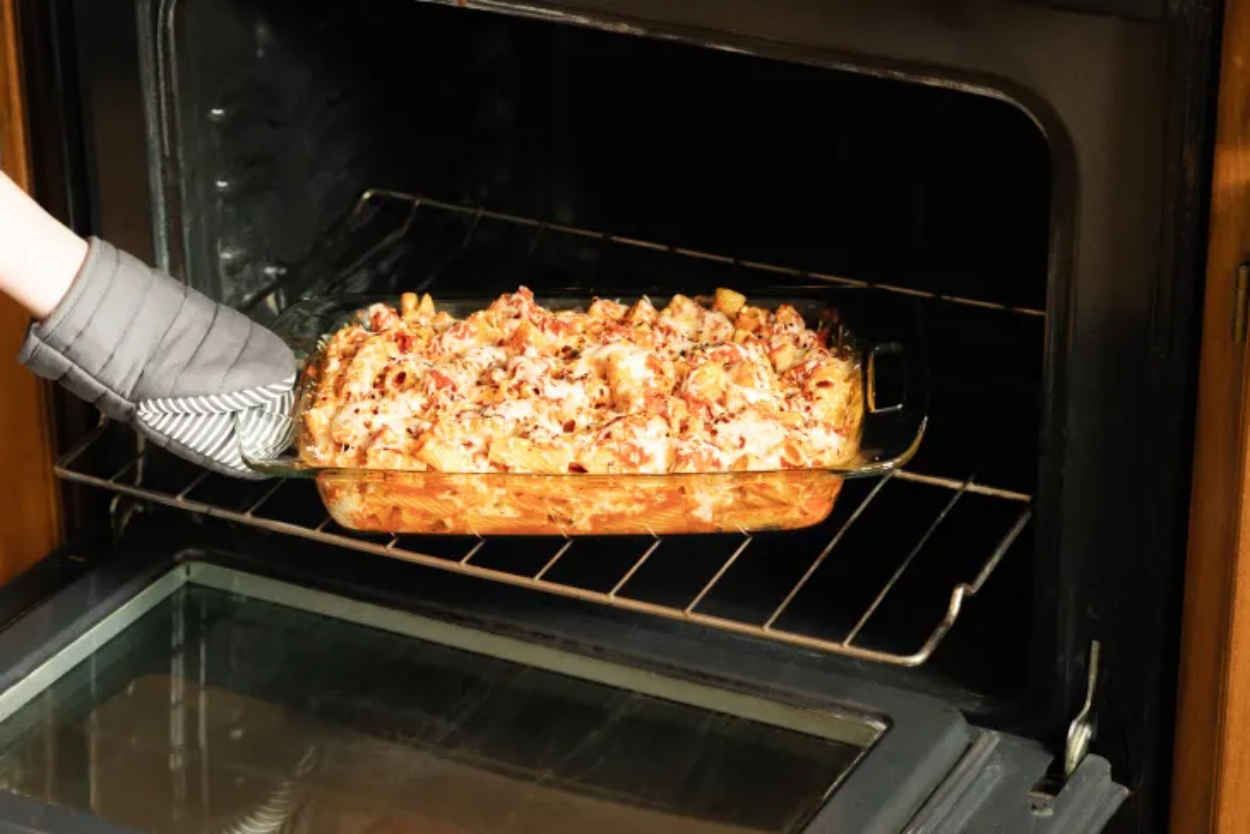
Can You Put Glass In The Oven?
We’ll explore why choosing the right type of glass, particularly from a reliable China glassware factory, is so important, especially if you’re looking for custom glass food storage containers or even a glass lunch box factory.
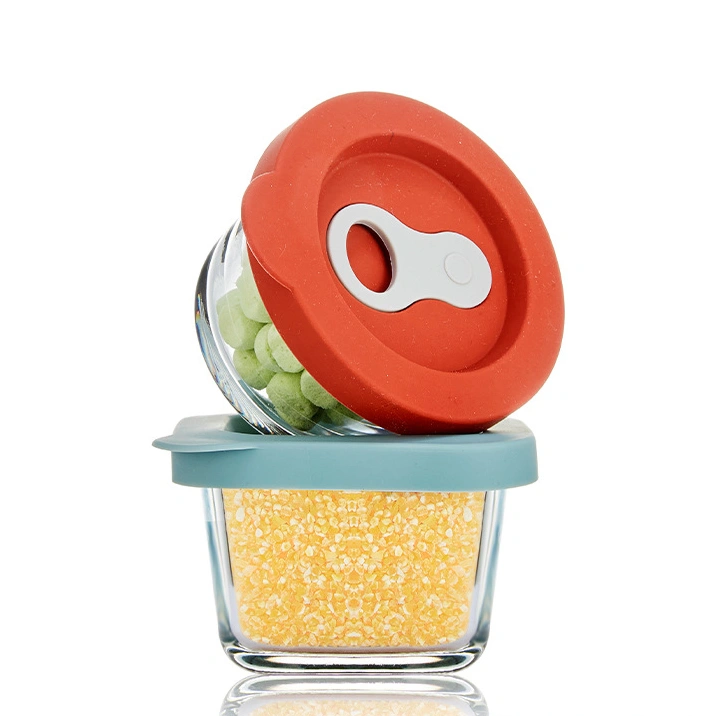
What To Do With Small Glass Containers?
From baby food meal prep, storing leftovers to organizing your craft supplies, small glass containers are super handy!


